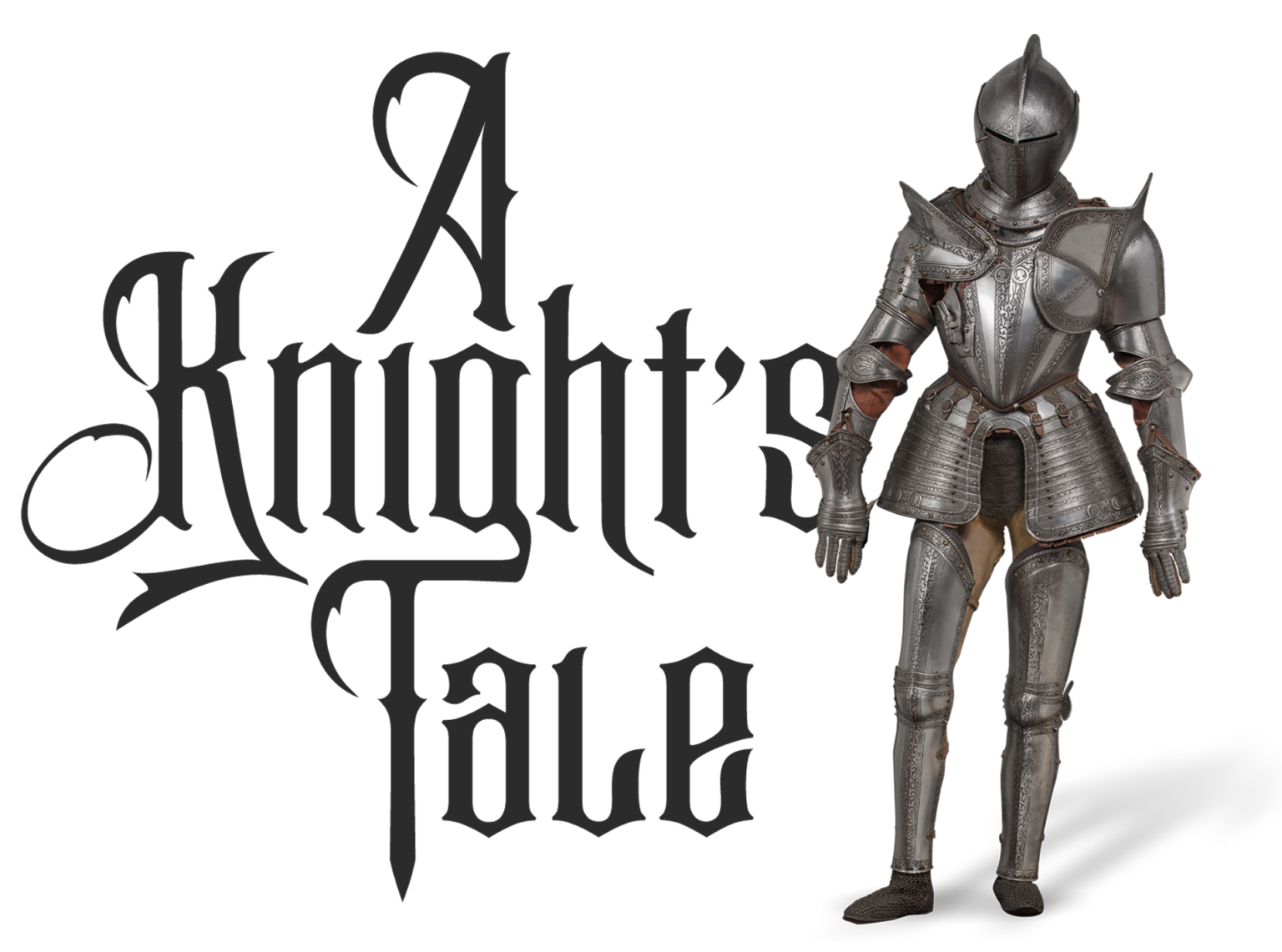Europe's first samurai museum opens in Berlin
As a new museum on the samurai opens in Berlin, here are five facts about how the legendary warriors and political elite shaped the history of Japan for centuries

Ferocious warriors on horseback — the Samurai
The Japanese samurai are considered to be masters of swordsmanship and brave, fearless fighters. The myth surrounding the warriors still fascinates today. Both in Hollywood and in video games, feudal Japan is a box office hit. The samurai are romanticized as the epitome of chivalry and honor — even if their warfare was no less bloody or ruthless than combat elsewhere.
A new museum in Berlin explores what is behind the myth.
More than 1,000 artefacts from the collection of Peter Janssen, a German entrepreneur, are showcased at the Samurai Museum Berlin, which opens on May 8.
Weapons and armor, tea sets, woodcuts and Buddhist sculptures are part of the interactive exhibition. "The myth and influence of the samurai on Japanese society are illuminated from different perspectives such as everyday life, art and craft or martial arts," the museum writes.
Five facts about the Japanese warriors:
1. Samurai means 'the serving one'
The history of the samurai began when military conscription was abolished in Japan in the 8th century. Men from the provinces with military training took the place of the conscripts. They served the imperial court in Kyoto as well as noble families. They earned their living as fighters.
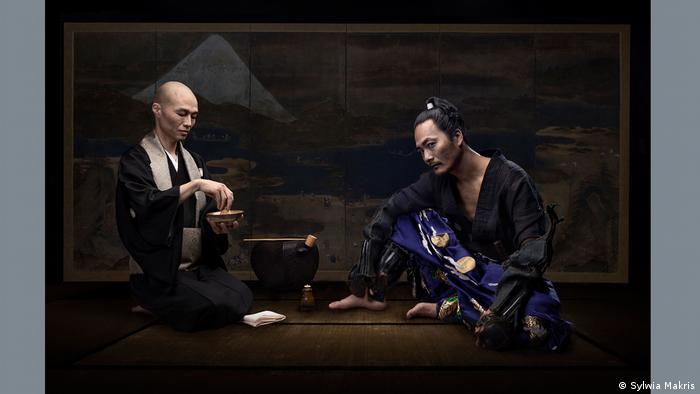
Tea ceremony: Photo from the Seven Virtues series
Over the centuries, the samurai expanded their power. At the end of the 12th century, they established their own military government, the shogunate, which coexisted with the imperial house.
Until the 19th century, when their status was revoked by Emperor Meiji in favor of a modern army, the samurai were an integral part of Japanese political, social and cultural life.
2. Only a true samurai was allowed to carry two swords
The samurai fought and rode on horseback, for the most part using bow and arrows.
Over time, the two swords they carried — a curved long sword (katana) and a second, shorter sword (wakizashi) — became an important status symbol.
In some families, they were passed on from one generation to the next.
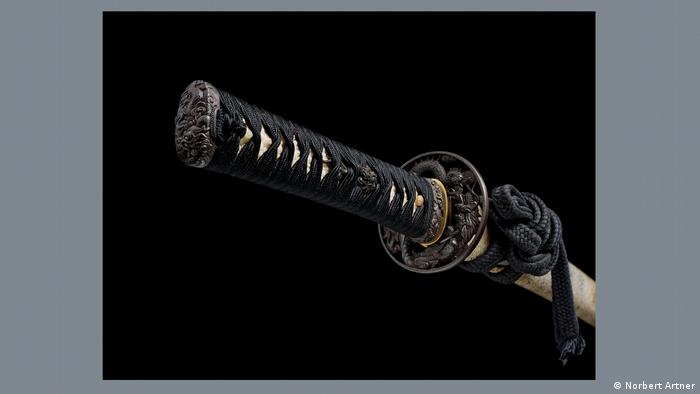
The sword is the samurai's soul, a warrior leader allegedly once said
Ornaments and intricate decorations added to the swords stood for the personality of the samurai. Elaborately decorated armor and helmets also referred to the warrior's rank and character. Motifs including demons, dragons and Buddhist patron gods were supposed to offer supernatural protection. Occasionally, samurai wore face masks with grim features and mustaches meant to scare off the enemy.
3. Samurai warriors did not always act nobly
The Japanese term bushido means "way of the warrior." It referred to the samurai's code of conduct long before a German rapper became famous under this stage name.
The values idealized by the samurai included courage, honor and, above all, loyalty to one's master. The warriors also had to be willing to sacrifice themselves in battle or through ritual suicide.
There is no doubt that the samurai demonstrated great courage and martial skill, but to what degree the samurai followed a code of conduct is disputed today. In reality, there was treachery, deceitfulness and disloyalty even among the Japanese warriors. They broke truces, burned villages and slaughtered the people they defeated. They took the heads of their victims as trophies.
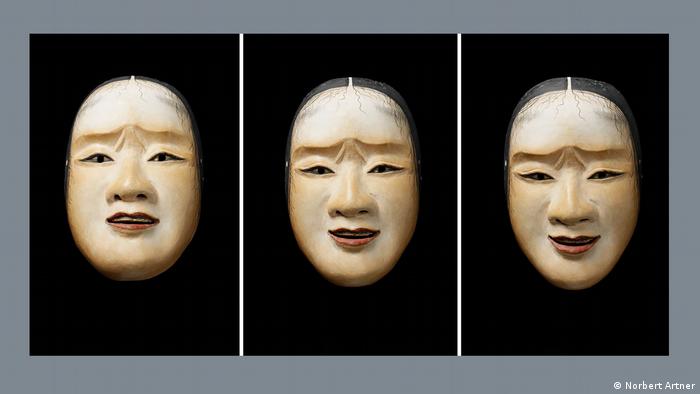
Masks show different emotions at the Noh theater
In fact, bushido is more of an idealized idea of how the samurai should live their lives. The term only became popular in the late 19th century, when the samurai no longer existed.
4. The samurai were much more than warriors
Elite samurai were expected to combine the arts of peace (bun) and war (bu).
In times of peace, the samurai turned to bureaucratic tasks.
Samurai children had to study Chinese and Japanese literature and Confucian texts, but they also learned martial skills like archery and horseback riding.
Many high-ranking samurai devoted themselves to tea ceremonies and painting. Scenes from famous battles, horse races and the Inuoumono "dog hunt," where dogs were shot at, were popular motifs.
Noh theater, a traditional form of dance drama, was another samurai activity. Noh plays emphasize Buddhist themes and focus on the emotions of a main character tormented by love, anger, or grief.
5. The samurai were men — but women fought, too
Women fought alongside the samurai. Nakano Takeko is considered one of the greatest and also the last Japanese female warrior. During the Battle of Aizu in 1868, the 21-year-old led a unit of female fighters armed with rifles against the imperial army.
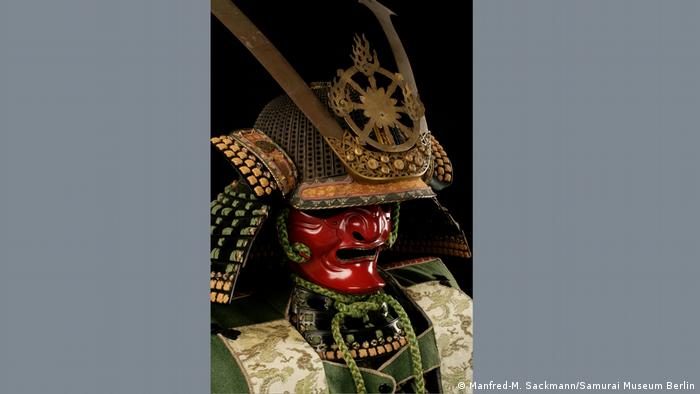
Impressive 18th-century samurai armor
The daughter of a high-ranking official at the imperial court, Takeko was highly educated and trained in martial arts.
During the Aizu attack, she killed several men before she was hit by a bullet. Legend has it she asked her sister to cut off her head so her body would not be taken as a trophy by the enemy.
Shortly after the battle, the shogunate — the feudal Japanese military government — fell, leaving the imperial court in charge and ending the era of the samurai.
This article was originally written in German.









 Reply With Quote
Reply With Quote
